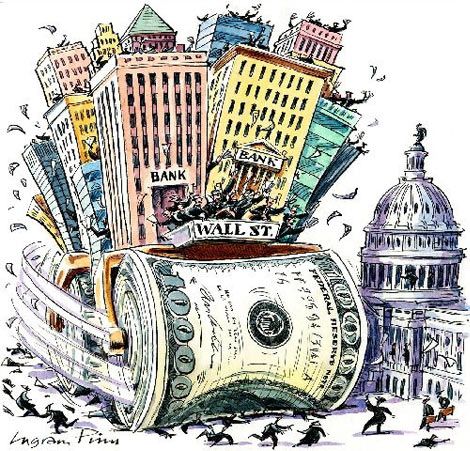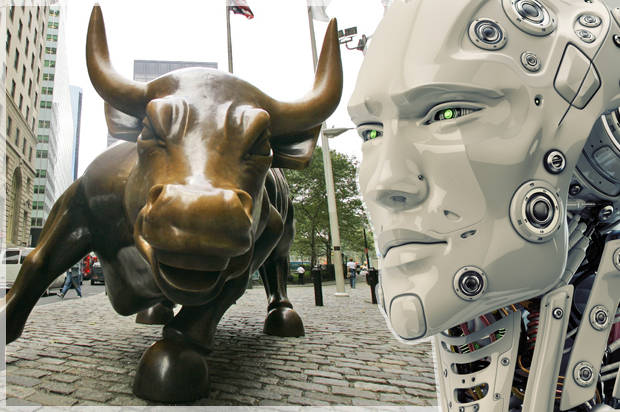Platform mediated networks enable networks of customers, or users, and intermediaries to interact with each other. Examples of PMNs are Ebay and Airbnb. Within these platforms, intermediaries provide the platform, encompass the infrastructure, and set up rules to facilitate users to interact. Nowadays many startups aspire to either build new platforms or to profit by offering complements that leverage platforms. The most valuable features of PMNs are not their products but their communities.
PMNs have made an impact on the financial industry. Specifically, the security trading platforms that allow investors and companies to connect. Analyzing the characteristics of this industry by using Porter’s five forces framework one sees that the threat of new entrants is low, as trading platforms have a large legislative burden to abide by. The buyer power enabled an environment where buyers have plenty of choice and power over brokers, which are usually subsidiaries of large banks or other financial institutions. The suppliers on the other hand like BUX and Interactive Brokers have limited power. Switching costs are low as there are many trading platforms in this industry hence the threat of being substituted by a rival’s platform is considerable. Differentiation is limited as most platforms offer the same functionality and switching costs can even be negative. This causes for high competitive rivalry where marketing is paramount for the success of the platform.
In evaluating the business models of the two companies, the canvas model is used. When comparing the business model canvas for both platforms, we see the following key differences: while BUX offers a simple and accessible trading product, IB offers their customers a wide range of comprehensive products. This results in different customer segments where BUX applies to everybody interested in investing, even without any knowledge of the financial market. While the other platform aims mostly at more educated investors. This translates in a difference in key resources where IB offers around the clock, global trading access while BUX is limited to the national stock market of the customer. Both companies have a platform, however, IB is far more extensive than BUX and benefits from the network effect. BUX focuses only on a set amount of companies per country and does not benefit from this cycle.
If BUX keeps focusing on the current value proposition and customer segments, we predict that the growth of BUX will remain or increase as we expect BUX to roll out their platform in other countries. For interactive brokers we predict it will remain a steady professional player in the industry and will grasp some small sustainable growth due to the network effects. For the security trading industry we predict that the market will become more volatile. Due to the financial crisis, especially regulatory, security, and accounting changes will impact the volatility of the market. Furthermore, the increase in available data used by technologies and models like high frequency trading and artificial intelligence trading will increase volatility in the trading industry even more.
URL: https://www.youtube.com/watch?v=sbcdP4n4BBM
Group 52
Dennis Beers 418224
Daan Wiedenhof 359452
Max Slagt 460633
Jurjen op de Weegh 401907



